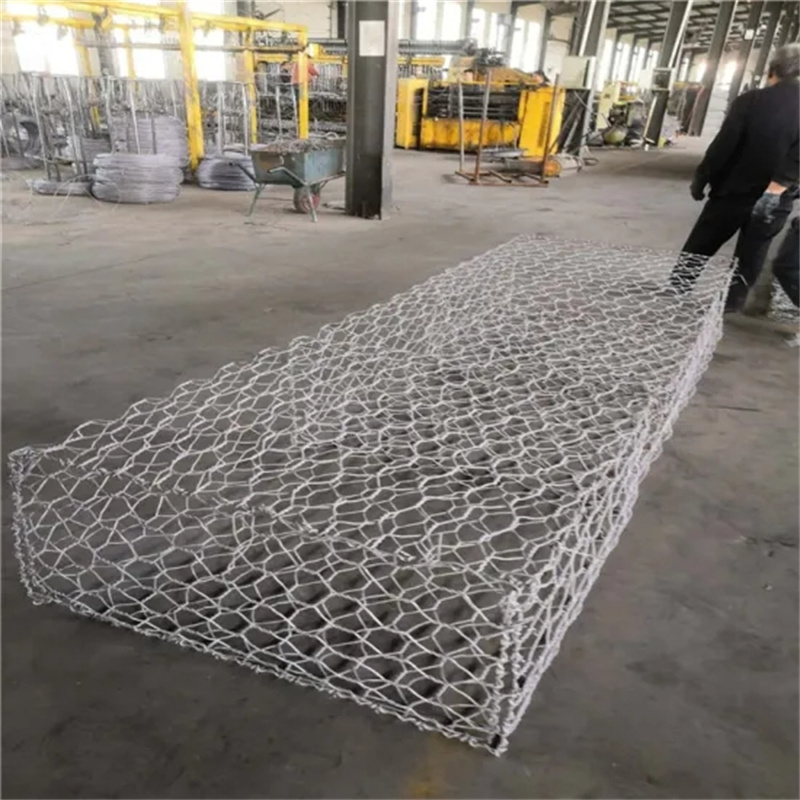Dec . 04, 2024 07:13 Back to list
construction gabion
Understanding Construction Gabions Their Purpose and Benefits
Gabions are a versatile and practical solution widely used in modern construction and landscaping. Originating from the Italian word gabbione, meaning big cage, gabions are wire mesh cages filled with rocks, stones, or other materials. Their primary purpose is to provide stability, reduce erosion, manage water flow, and enhance aesthetics in various environments. This article will explore the significance, benefits, and application of construction gabions.
What are Gabions?
Gabions are typically made of galvanized or PVC-coated steel mesh to ensure durability and resistance to corrosion. These cages can be filled with various materials, including natural stones, concrete blocks, or even recycled materials, making them an eco-friendly option. The size and shape of gabions can be customized to suit specific project requirements, ranging from small decorative walls to large retaining structures.
Applications of Gabions in Construction
1. Erosion Control One of the most common uses of gabions is for controlling soil erosion along riverbanks, hillsides, and slopes. By lining these areas with gabions, the flow of water is managed effectively, preventing soil loss and property damage. The porous nature of the filled structures allows water to flow through while dissipating energy, reducing the impact on the soil.
2. Retaining Walls Gabions are also used as retaining walls to support and stabilize slopes. Their flexibility in design and construction means they can be adapted to various site conditions. Retaining wall gabions can accommodate changes in soil pressure and water flow, providing a cost-effective and durable solution compared to traditional concrete walls.
3. Sound Barriers In urban areas, gabions serve as effective sound barriers. When filled with dense materials, they can absorb and deflect noise, contributing to a quieter environment in residential or commercial areas. Their aesthetic appeal can also enhance the surrounding landscape.
construction gabion

4. Riverbank Reinforcement Gabions are commonly used in civil engineering projects to reinforce riverbanks, preventing erosion and flooding. They are particularly effective in areas subject to high water flow. The design allows for natural vegetation to grow through the mesh, creating a more sustainable and appealing solution over time.
Benefits of Using Gabions
1. Cost-Effectiveness Gabions are generally less expensive than other construction methods and materials. Their simple design and ease of installation can significantly reduce labor and material costs.
2. Environmental Benefits The use of natural stones in gabions makes them environmentally friendly. They can blend seamlessly into the landscape, promoting biodiversity by allowing plants and animals to thrive in and around them.
3. Durability Gabions are highly durable and can withstand extreme weather conditions, including heavy rains and flooding. They require minimal maintenance over time, making them a long-term solution for various construction challenges.
4. Aesthetic Appeal Apart from their functional benefits, gabions can also enhance the visual aesthetics of a project. With a wide range of materials and colors available for filling, they can be designed to complement the surrounding environment, adding a rustic charm to landscaping.
Conclusion
Construction gabions are more than just a practical solution; they are an innovative approach to tackling various environmental and structural challenges. From controlling erosion to providing aesthetic appeal, gabions offer a versatile and sustainable option for modern construction projects. Their cost-effectiveness, durability, and minimal environmental impact make them an attractive choice for engineers, architects, and developers. As the construction industry continues to evolve, the use of gabions is expected to expand, making them an essential component of sustainable building practices. Whether used in civil engineering, landscaping, or architectural design, gabions represent a smart solution for both functionality and beauty in construction.
-
HESCO Gabion Baskets for Coastal Erosion Prevention
NewsAug.22,2025
-
Longevity and Durability of River Rock Gabion Walls
NewsAug.22,2025
-
How to Integrate Gabion 3D Walls in Urban Planning
NewsAug.22,2025
-
Reno Mattress Gabion Applications in Civil Engineering
NewsAug.22,2025
-
How to Install Wire Mesh for Gabion Baskets Properly
NewsAug.22,2025
-
Best Materials for Filling a Chain Link Gabion
NewsAug.22,2025
-
Wire Mesh Thickness Impact on Gabion Wall Load Bearing
NewsAug.12,2025






